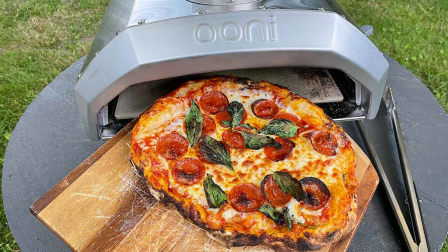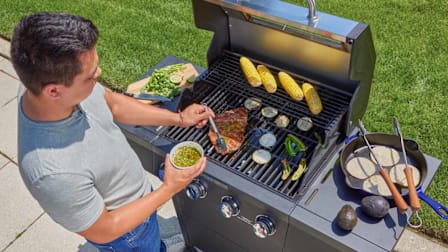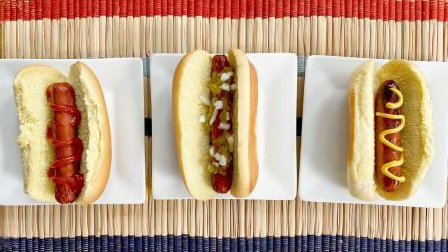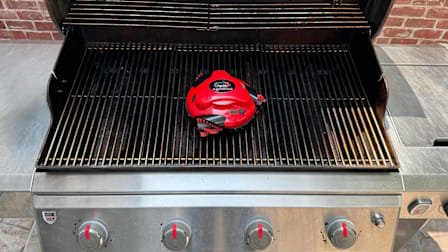Essential Tips for Cold-Weather Grilling
Don't let the temperature put a chill on your outdoor cooking
When you shop through retailer links on our site, we may earn affiliate commissions. 100% of the fees we collect are used to support our nonprofit mission. Learn more.
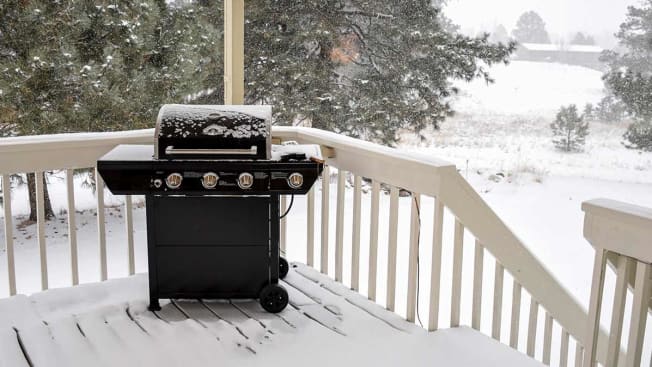
Even before the pandemic, cold-weather grilling was gaining in popularity. Rather than the traditional truncated season that ran from Memorial Day through Labor Day, folks kept grilling through the fall—even into the winter.
So much so that home center giant Lowe’s began stocking grills throughout the year. And the pandemic has only added to interest. But if you’re hoping to grill through the winter, you can’t just fire up your grill like you would in July and expect the same results.
Tips for Cold-Weather Grilling
Do a grill check. In addition to a fuel check, make sure your grill is shoveled out and that the lid and knobs aren’t frozen shut. If they are, move the grill into the garage or to a warmer spot to let it defrost—or use a hair dryer. Don’t force open a frozen knob or lid, which can damage the grill.
Put the grill in a safe place. While you want easy access to your grill, don’t place it too close to the house: Ten feet away is recommended. To prevent carbon monoxide poisoning, never grill in an enclosed space like on a covered patio, in a garage, or under an awning. Inspect the burners, jets, and gas lines for blockages that will restrict the gas flow. The flame should burn blue, not yellow, which indicates clogged air inlets or burners that need adjusting.
Be patient. Preheating your gas grill can take up to twice as long in frigid temperatures, so factor that in. To keep food from sticking to the grates, make sure your grill is hot enough. Position the grill at a 90-degree angle to the wind so that the flames don’t blow out on a gusty day.
Suit up safely. Bundle up, but don’t wear scarves, tassels, or any other item that can dangle over the grill and ignite. Choose a pair of warm gloves that allow full hand movements, so you can easily manipulate your grilling tools. And make sure you have an ABC multipurpose fire extinguisher handy just in case.
Keep a lid on it. Heat escapes every time you lift the lid, prolonging grilling time. For the grill to retain as much heat as possible, keep the lid closed. If you have an app-connected wireless meat thermometer, use it to monitor temperature and cooking time.
Test meat temps. Cold-weather grilling takes longer, so make doubly sure that your meat is thoroughly cooked. Insert a meat thermometer in the thickest part of the food and follow this advice from the Department of Agriculture:
• Cook beef, pork, lamb and veal steaks, chops, and roasts to 145° F. Allow meat to rest for at least 3 minutes before carving or eating.
• Cook ground beef, pork, lamb, and veal to 160° F.
• Cook poultry to 165° F.
Plan a quick cleanup. The best time to clean your grill is when it’s still hot, so take the time to brush food debris off the racks, especially if the grill will be sitting idle for the rest of the winter.
Below, three stellar grills for grilling in any weather, listed here in order of size from smallest to largest.

















